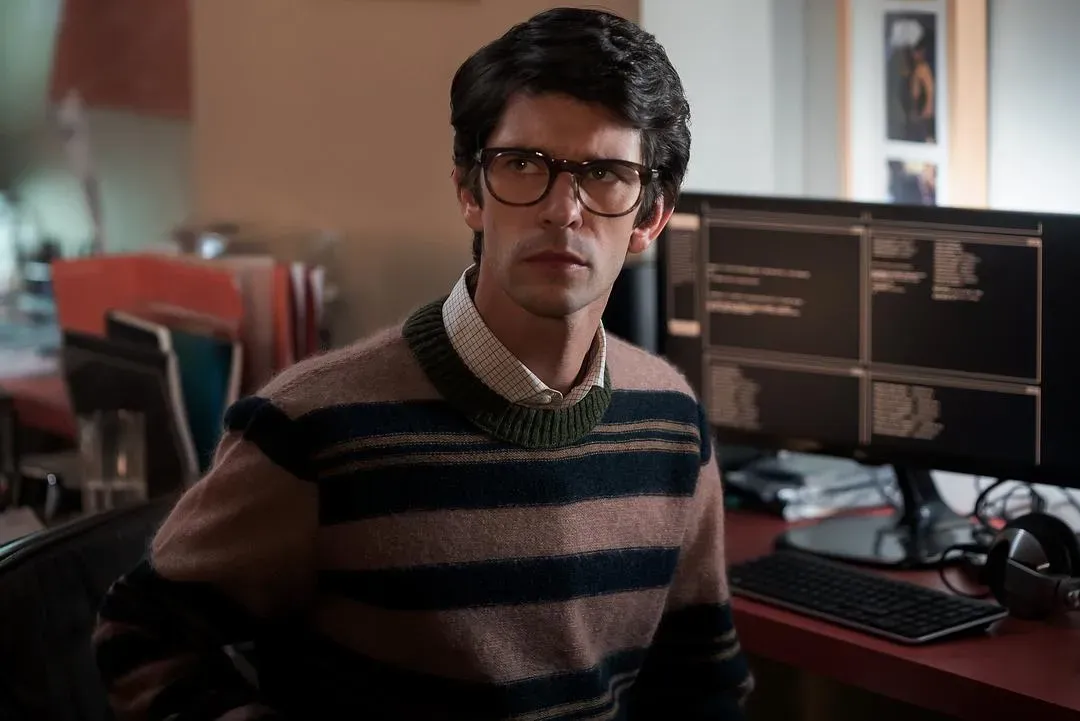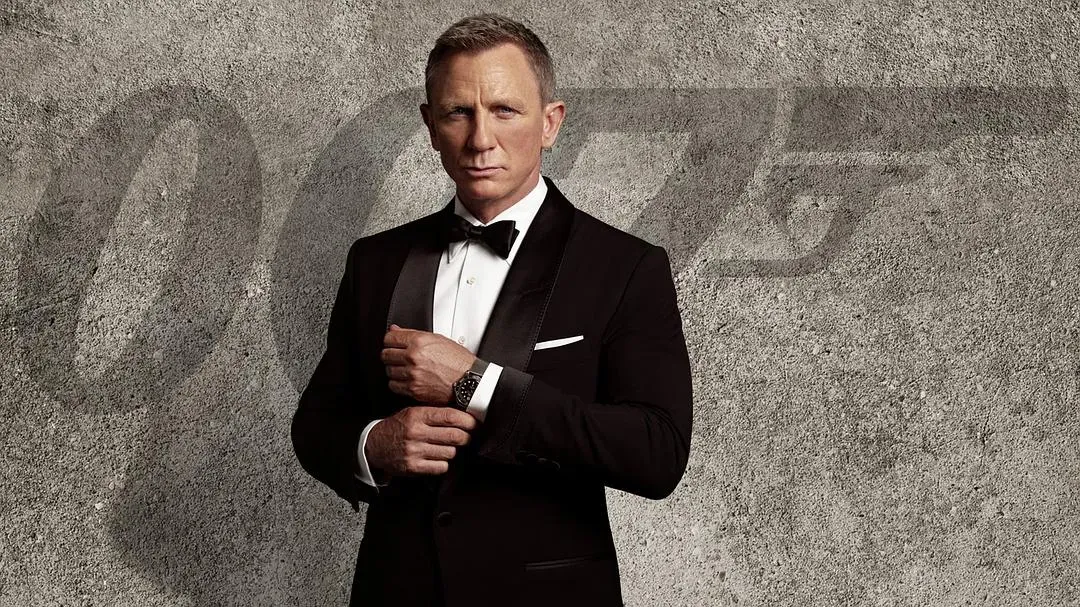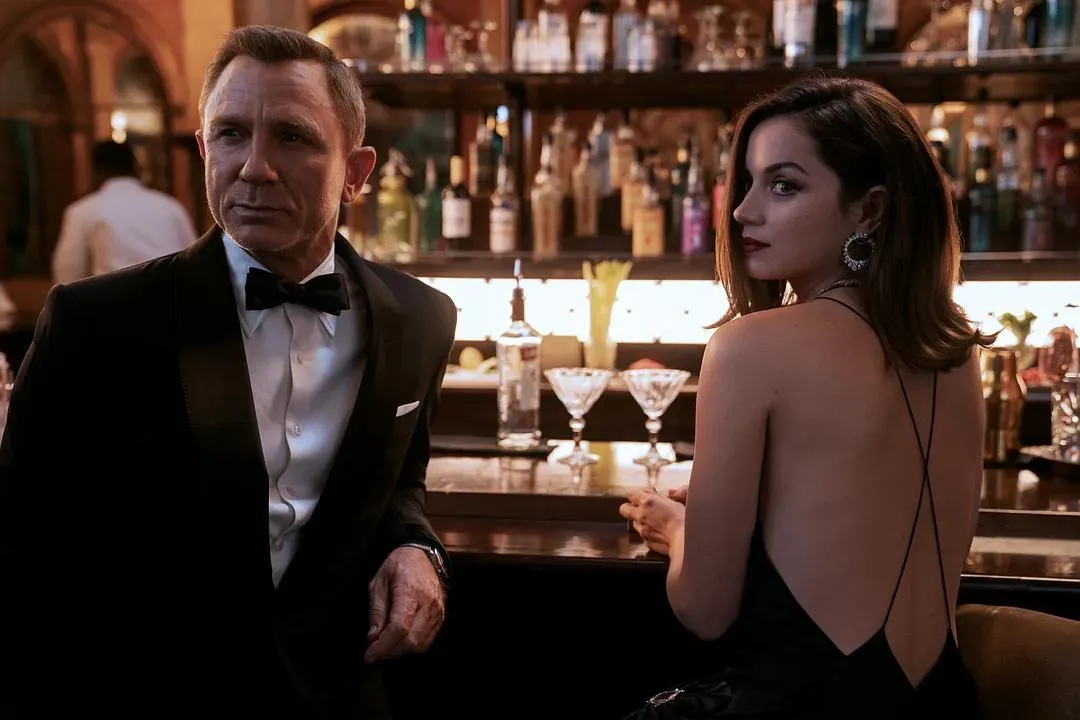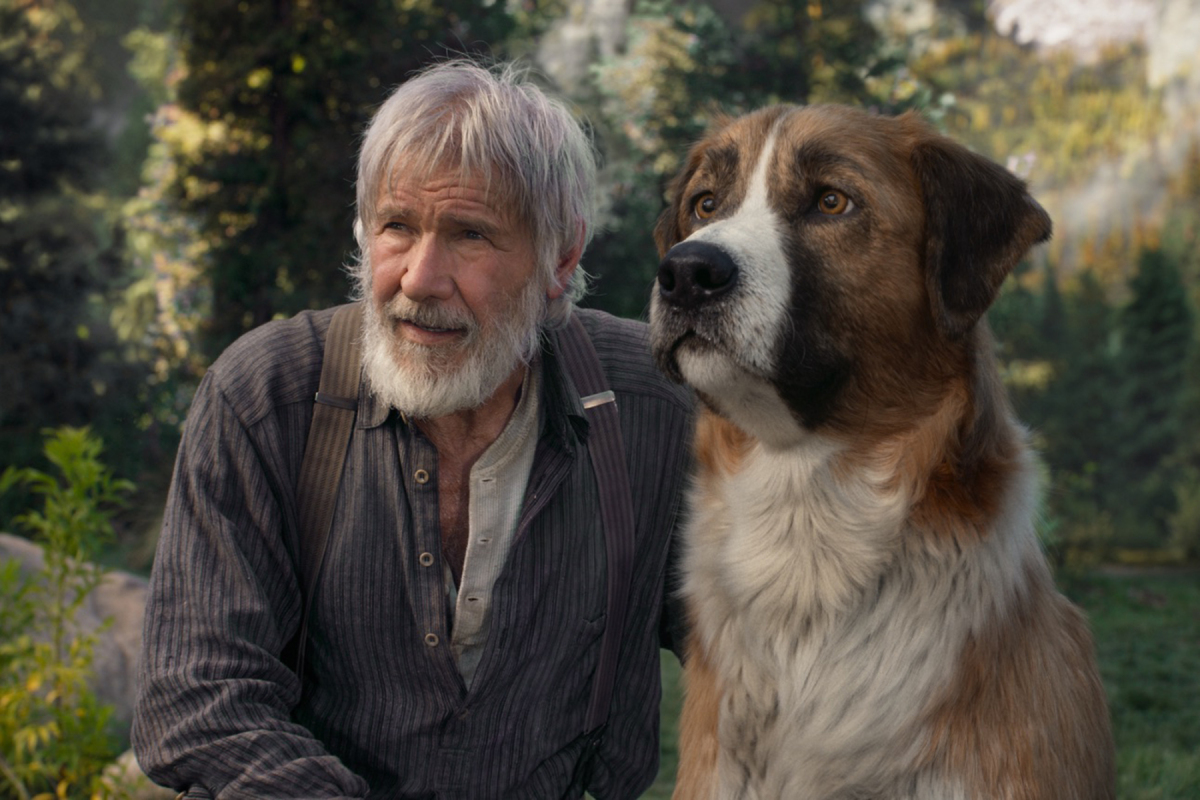For almost 60 years, fans of Great Britain’s most inefficient spy hero James Bond, have enjoyed 24 different outings from the iconic character, with each one taking 007 on a global mission to bring down a maniac on a quest for world domination. Featuring elaborate gadgets, pristine sports cars and countless martinis, it’s surprising really that fans of the franchise have never ceased to be enveloped by its aurora.

The James Bond franchise is indeed far more than ‘just a series’, embodying all that which we associate with a classic action hero of old, including all his outdated attitudes and foibles. Though, as an institution and illustration of ‘old Britannia’, it seems as though not even Daniel Craig can keep up the pretence any longer.
Granted, a lot has changed across the course of Daniel Craig’s tenure as the character, the most notable of which being the United Kingdom’s withdrawal from the European Union, devaluing the country into a single vessel much like James Bond himself.
Inspired by Doug Liman’s Bourne Identity and the work of Christopher Nolan’s grittier approach to action, Craig’s Bond was dragged into the 21st century, receiving an inspired facelift since his Pierce Brosnan days.
As the sixth official actor to play the character, Daniel Craig’s Bond was an altogether different beast, a hands-on hero fit for a variety of 21st-century challenges. Radical, fragile and fallible, the modern James Bond has forever revolutionised the series, with no way back to the futility of Roger Moore or Sean Connery’s meaningless adventures.
Instead, in No Time to Die, the final globetrotting mission for Daniel Craig, we are presented with James Bond’s most romantic outing yet, featuring a lead character vulnerable to pain due to his intimate relationship with Madeleine (Léa Seydoux).

Having to address the ghosts of his past as well as a few new spectres (no pun intended), it seems that James Bond’s biggest adversary in No Time to Die is his own tired attitude, uttering the iconic tagline “shaken not stirred” with a laboured huff.
However, this isn’t to say that No Time to Die is a strenuous journey, with the reality being quite the opposite, providing a glorious swansong for Daniel Craig’s tenure as the character, whilst being a curtain call for James Bond as we know him. Feeling much like an epilogue for the progressive story of the modern Bond era, No Time to Die features iconic gadgets, cars and action sequences, all with a modern-day flourish.

Beginning with a retired Bond living out his foreign fantasies in Italy with partner Madeleine, his past soon catches up with him as Lyutsifer Safin (Rami Malek), a botanist with a passion for mass murder, plans to assert his control on the world. It’s a classic Bond affair that is carried out with aplomb and the familiar help of M (Ralph Fiennes), Q (Ben Whishaw) as well as newcomer Nomi (Lashana Lynch) who, as the brand new 007, arguably makes a better Bond than the evocative character himself.
With such a compelling cast of lead characters, the film does well to quickly ramp up the tension with several blood-pumping fight sequences in the first half of its near three-hour runtime, though this undeniably slows once Rami Malek’s conventional villain is introduced, scars and all.
Leading Bond to his island lair during the final sequence may be one of the oldest tricks in the book, though through the direction of Cary Joji Fukunaga, such is made to feel new, fresh and feverishly enjoyable.

Though with a notably more sombre mood as the Craig era has gone on, illustrated by the increasingly melancholy theme tunes that have become far more dreary since Chris Cornell’s Casino Royale theme, No Time to Die certainly feels like a nostalgic goodbye.
It speaks to the future of the series that this is Bond’s most emotional farewell, an ode to the serialisation of the past five films that have worked well to craft a new identity for the character.
Introducing several unique elements to the franchise, whilst providing classic shades of what makes the James Bond character so endearing, No Time to Die presents a hopeful indication of where 007 may venture next. Interrogating the fabric of the series itself by swapping cliches for alternative possibilities, the final film of Daniel Craig’s tenure questions whether Bond should ditch the martinis and fancy cars altogether and embrace a newfound identity.



